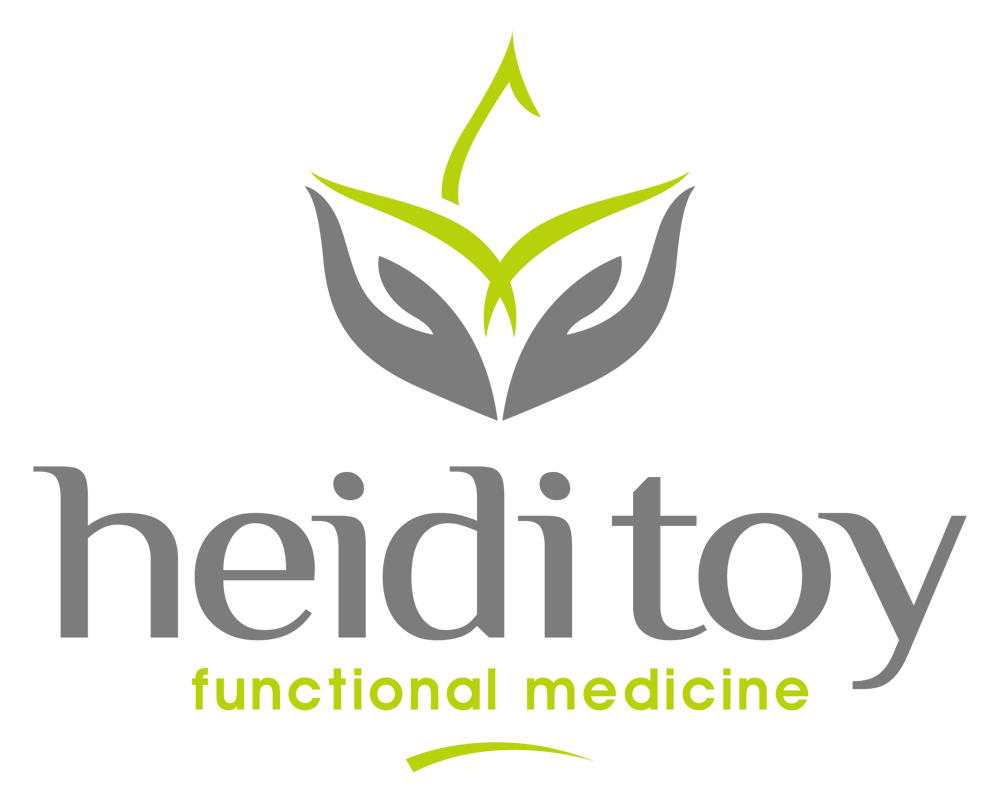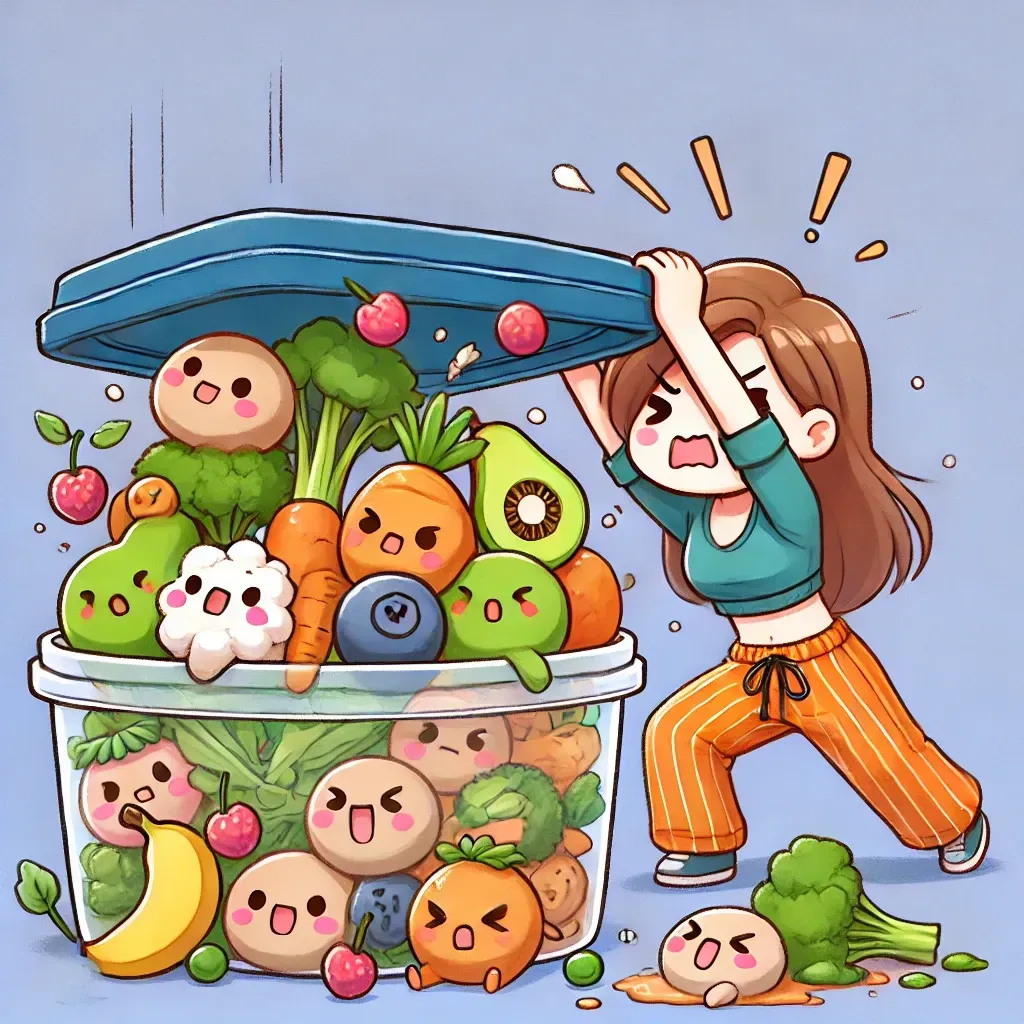Foods for Potassium
Symptoms of Low Potassium
Potassium is the third most abundant mineral in the body, and extremely underrated. The correct ratio of potassium keeps many parts of the nervous systems moving smoothly (i.e. muscle and heart contractions). When the nervous system is happy, the body is happy. Some of the benefits of potassium include reduced blood pressure and water retention, and decreased risk of osteoporosis, strokes and kidney stones [1].
That being said, most Americans do not receive the correct ratio of potassium. Only 2-10% of the American population obtains the recommended daily amount of potassium as listed in the chart below.
| Age Range | Recommended Dietary Allowance for Potassium |
|---|---|
| Age 1-3 | 400 mg daily |
| Age 4-8 | 3,800 mg daily |
| Age 9-13 | 4,500 mg daily |
| Above 13 | 4,700 mg daily |
| Lactating Women | 5,100 mg daily |
That means that at least 90% of the population are deficient in this extremely essential mineral. This is due largely to the consumption of processed foods, which are high in refined salt. Refined salt is extremely hard for the body to process, raising sodium levels higher than they should ever be (see my blog Let's Get Salty). Potassium fights to keep sodium in check, but if you’re not getting enough potassium, and getting too much refined salt, you’re going to have problems.
The answer: Change your diet. You’ll feel a whole lot better. Eat fewer processed foods, and more foods rich in potassium.
What are Foods with Potassium
- Apricots
- Cantaloupe
- Oranges
- Nectarines
- Peaches
- Sweet potatoes and yams
- Butternut and acorn squash
- Black, pinto and kidney beans
- Spinach, kale and Swiss chard
- Artichokes
- Avocados
- Peas
- Portobello mushrooms
- Bananas
- Kiwi
- Wild-caught fish (salmon)
- Grass-fed meat
- Free-range poultry
- Raw milk
Here are two blogs to consider when purchasing any of the above items:
The Secret to Potassium: How to be Hydrated
Water is also essential for the absorption of potassium. Potassium is considered an electrolyte because it reacts with water--when dissolved, positively charged ions are created. The body then uses this electricity to manage that nervous system (as mentioned earlier), and keep your muscles all functioning properly.
Ever had a muscle cramp? Then you know what it feels like when your body is low on potassium and/or water. When you get those cramps for “no reason,” you’re in trouble. Get some water and a banana in you, stat, and don’t stop there. Change your diet! Things are just a lot prettier when your diet is rich in potassium.
Check Your Levels
You are likely potassium deficient. That’s just a fact. However, potassium deficiency can lead to HPA-D (formerly known as adrenal fatigue). Symptoms of HPA-D include: difficulty waking in the morning, afternoon fatigue, craving salt, skin problems, low libido, brain fog, increased PMS and menopausal symptoms, dizziness, irritability, and/or inability to cope with stress.
A professionally trained functional nutritionist (ME!) can easily check your potassium levels using a Hair Tissue Mineral Analysis (What is HTMA?). In fact, this is a test I perform frequently when clients present to me with any of the big seven conditions (hormone imbalance, infertility, fatigue, depression, gastrointestinal health, autoimmune disorders, weight issues).
If you are experiencing any of the above symptoms, the answer may not be as easy as adding more potassium to your diet. Contact me for a
Health Discovery Session and we’ll get you set up on a plan to get your health back.
If you’d simply like to add more potassium into your body and
feel the difference, check out my my shop and
this high quality potassium supplement.
Learn more?
Don't Miss Out On More!

Heidi Toy FNTP
I help people all over the world heal by identifying and treating the root cause of their body imbalances. Through diet and nutrition, I guide them towards wholeness and balanced lives.
Heidi Toy Functional Medicine Blog














































































































